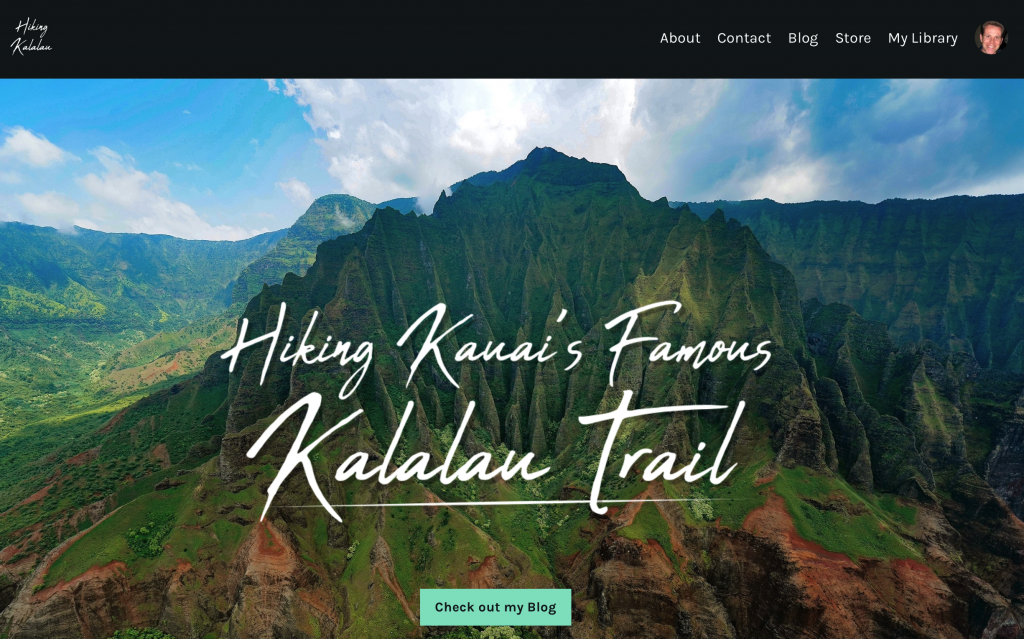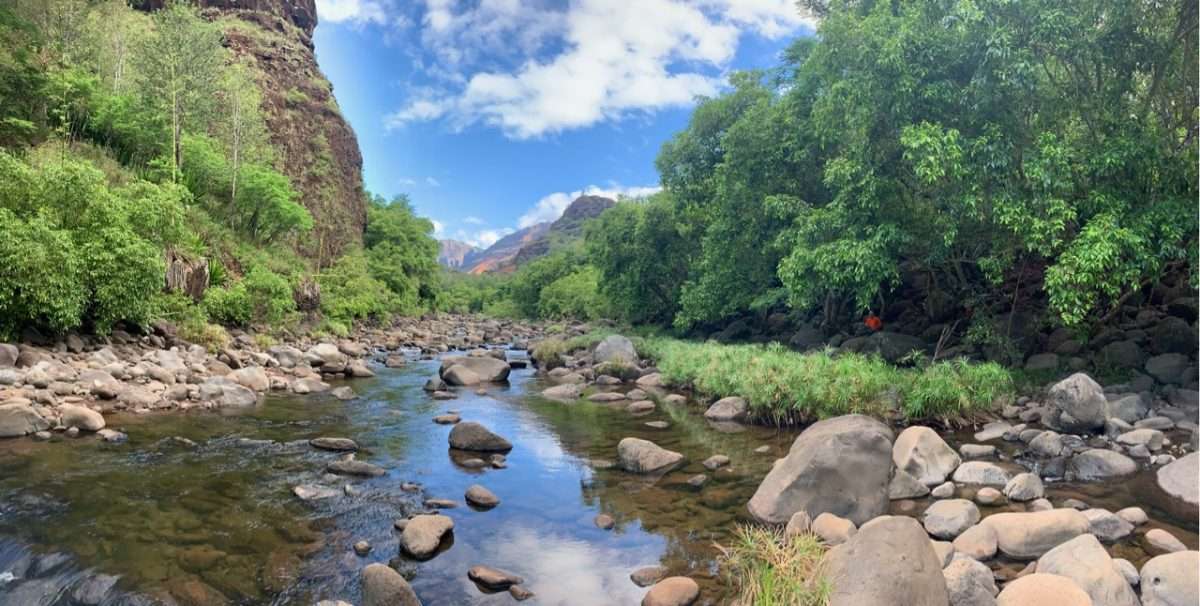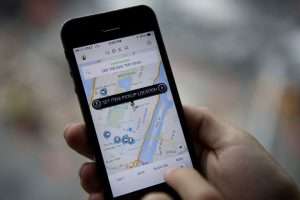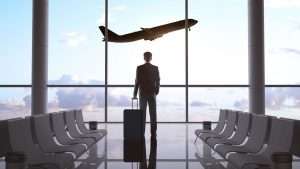A hike to the bottom of the Waimea Canyon, the Grand Canyon of the Pacific
I’ve been to Kauai many times and have always wondered what backpacking there would be like. Ever since seeing an article in Backpacker Magazine about the Kukui trail to Lonomea Camp (issue Jan 2019, p. 24f, “Paradise Found”), I’ve had an overnight trek down to the floor of the Waimea Canyon on my bucket list. (One day, I’ll attempt the Kalalau trail, but I’m not quite there yet.)
Preparations and Planning
In early July of 2019, I finally had the chance to make this dream come true. I was hoping the time of year would not only give me longer days, but also reduce the chance of heavier rains. (On the flip side, the heat could obviously be a concern.) Since this was my first foray into the canyon and I initially planned on doing this hike solo, I selected Kaluahaula Camp as my destination. This would allow me to make it further in than Wiliwili Camp (the first camp at the bottom), avoid potential crowds, and be easier than going all the way to Lonomea Camp (by myself).
I got camp site permits for a Monday (eliminating weekend crowds) and made it to the island with all the requisite gear, so I wouldn’t have to purchase anything and waste time finding things on the island. With one exception: It is not allowed to bring fuel for a camping stove on a plane, so I had emailed a local outfitter ahead of time. However, just a few days before of my trip, they let me know it wasn’t worth their time to sell me just stove fuel (they usually make their money renting equipment), so they referred me to the ACE Hardware store in Lihue, which carried the fuel I needed.
As the day for the hike approached, a hurricane was headed for the islands, but luckily it dissipated without ever reaching land, so the weather turned out warm and dry – as expected.
Heading Down
Fortunately, I was able to convince my hiking buddy to join me for my trip and hike and we started our decent down the Kukui trail via the Iliau Nature Loop around noon. The views of the Waimea Canyon were amazing and even though it was warm, the heat was not really a problem.
Continue reading “Backpacking to Kaluahaula Camp via Kauai’s Kukui Trail”






 As a big JJ Abrams fan, I couldn’t help but watch “
As a big JJ Abrams fan, I couldn’t help but watch “

 I don’t rent any more unless I take my family to Hawaii for a leisure trip. Use Uber (or Lyft). You won’t waste time picking up and dropping off the car, finding a gas station close to the airport, and you won’t have to navigate in areas you’re not familiar with.
I don’t rent any more unless I take my family to Hawaii for a leisure trip. Use Uber (or Lyft). You won’t waste time picking up and dropping off the car, finding a gas station close to the airport, and you won’t have to navigate in areas you’re not familiar with. Hotels
Hotels Packing
Packing Miscellaneous
Miscellaneous